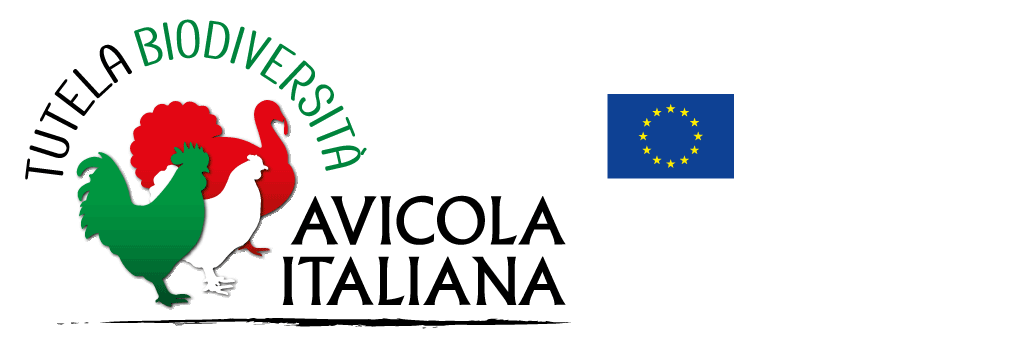Bionda piemontese
Synonyms or local names: Bionda di Villanova, Bionda di Cuneo, Rossa delle Crivelle, Nostralina
Geographic origin: Piedmont
Geographic distribution: Piedmont
Estimated total population size: 3400 (Castillo et al., 2021)
Extinction risk status (FAO, 1998): Not at risk
Any other specific information: Dual purpose free-range breed
Historical origin of the breed
Bionda Piemontese is a local poultry breed distributed throughout the Piedmont region since 1930s. The first evidence of its presence can be traced back to 1938, when prof. Vittorio Vezzani, Director of the Experimental Poultry Center in Turin, described its features and started a breed selection project. In the first post-world war period, Bionda Piemontese was almost abandoned, due to its substitution with fast growing hybrid lines as a main consequence of industrialization and intensive agriculture systems. Fortunately, since 1999, the Professional Institute for Agriculture and Environment of Verzuolo (CN) has started a recovery project for this slow growing breed, leading to the creation of a breed standard, approved by the Italian Federation of Poultry Associations (FIAV) in 2007. Bionda Piemontese was a Slow Food presidium until 2017.
Since 2014, the University of Turin has started a programme of conservation and genetic improvement.
Bibliography
Di Francesco G, Falciola R, Lazzaroni C, Moriano G, Regis E (2002) La Bionda, la Bianca e il Grigio. Vol. 1 – La Bionda e la Bianca. Ed. AsproAvic
Qualitative morphological traits
Feather morphology: Normal
Feather distribution: Normal
Plumage structure: Thick and well adherent to the body, abundant cape
Plumage colours: Fawn/golden, with coloured tail
Colour features: Bi-colour, with sexual dimorphism
Colour pattern: In the male, fawn plumage (chamois to golden) with black/blue/white feathers in tail and wings; primaries can be the same colour as the tail. In the female, golden fawn plumage, lighter after the first moult, with black/blue/white feathers in the tail; the cape can show a black edging.
Chick plumage colour: Yellow
Comb type: Simple comb, red; in the male it is upright, in the female the rear part falls to one side
Comb spikes: Four to seven spikes
Ear-lobe colour: Cream white to yellow (red permitted); well-developed in the male
Beak colour: Yellow
Iris colour: Orange
Skin colour: Yellow
Shank colour: Yellow
Shank feathering: Free from feathers
Other specific and distinct visible traits: Red, well-developed wattles
Quantitative morphological traits

Reproductive and productive quantitative traits
Oviposition, brooding and incubation data
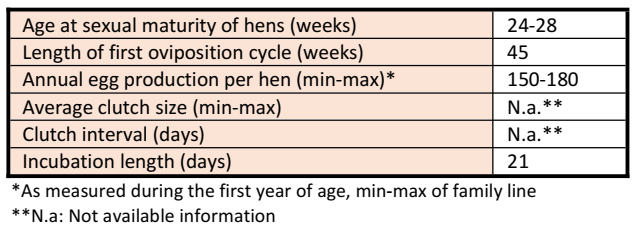
Egg-quality traits

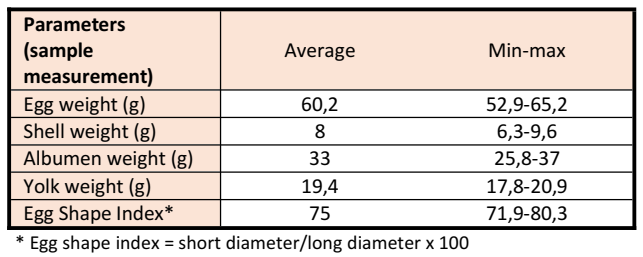
Body weight and growth data
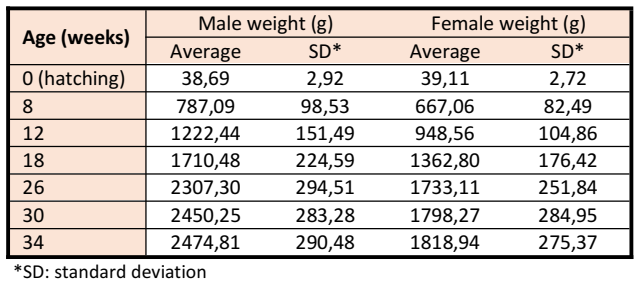
Mortality

Slaughter data (age: 5 months)

Rearing traits
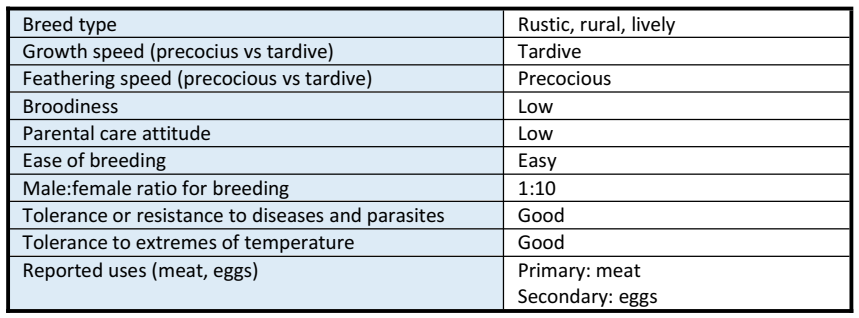
The presented data were registered in nucleus populations conserved at the University of Turin (UniTO).
Latest update: February 17th, 2023
Germplasm collection
The breed is conserved in our Cryobank with 239 semen doses from 14 donors.
